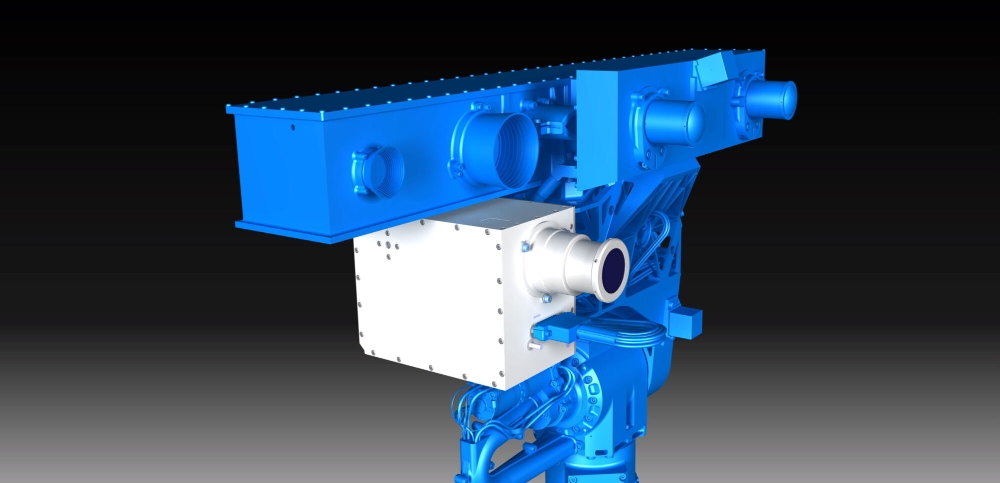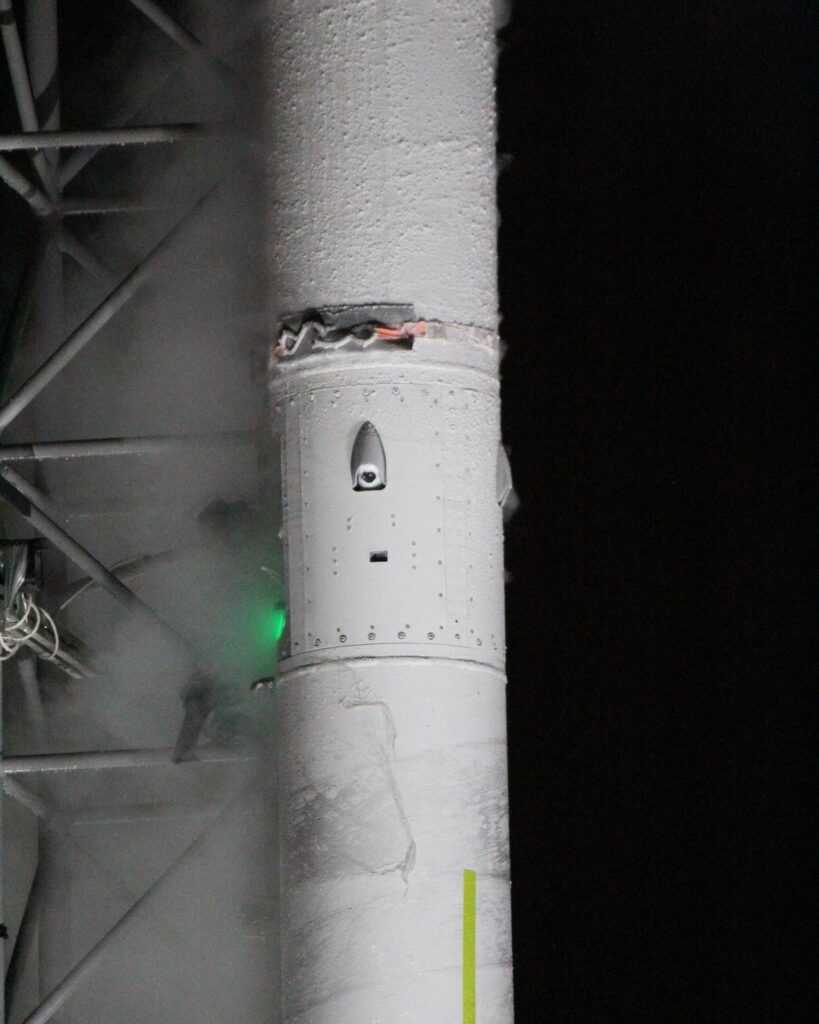A Western University-led team is preparing for an international ExoMars rover mission in 2028 that aims to in part better uncover how clays formed on Mars, and to what extent water may or may not have been involved.
Planetary geologists Livio Tornabene and Gordon Osinski, supported by a three-year Canadian Space Agency (CSA) Flights and Fieldwork for the Advancement of Science and Technology (FAST) grant, are part of a large international team for the European Space Agency’s ExoMars Rosalind Franklin rover mission.
The rover was delayed from launch opportunities in 2018, 2020 and 2022 – the first two times due to technical issues (and in 2020, the pandemic) and then in 2022 due to the eruption of Russia’s unsanctioned war in Ukraine. Most international partnerships with Russia were severed two years ago and ESA has since pivoted the design of ExoMars to remove Russia’s involvement.
Tornabene and Osinski are co-investigators on the PanCam camera, which obtains visual and colour information in the environment, and the new Enfys spectrometer that scrutinizes the surface for minerals. (Enfys – “rainbow” in Welsh – is led by Matt Gunn from Aberystwyth University in Wales and Peter Grindrod from the Natural History Museum in London, and is funded by the U.K. Space Agency.)

Three years of field testing are planned with these instruments along with laboratory analysis to examine the samples that are picked up. The first site, likely an impact crater known as Nördlinger Ries in Germany, will be examined either late in 2024 or sometime in early 2025. The other planned site locations are still being evaluated.
This testing will provide vital “ground truth” unavailable to scientists on Mars, as ExoMars is not involved in sample return and will be working from afar. The team will evaluate the instruments’ work at three different clay-bearing field sites on Earth: one formed by meteorite impact, one formed in a volcanic area and one by surface sedimentary weathering.
“The main science focus is to try to better understand clays in different settings here on Earth, so that we can perhaps better understand the origins of clays on Mars, because it’s not as straightforward as some scientists believe,” Tornabene told SpaceQ in an interview. This will be important for ExoMars Rosalind Franklin: the mission’s work will include evaluating the clays in the equatorial Oxia Planum on Mars, an area which is about four billion years old – nearly as old as the 4.5 billion-year-old solar system.
“Clays form very easily and abundantly on Earth because there’s water interacting with rock, and one of the byproducts of that water interacting with rock is that it alters the minerals to clays,” Tornabene said. “That might not be the way it’s done on Mars. That’s still a very open question.”
While Earth is used as a reference point to understand much of planetary science, each world is its own set of environments, formation conditions and so much more. Tornabene points that asteroids – which definitely do not have running water like Earth – have also hosted clay, such as Ryugu that was visited by the Japanese Hayabusa2 mission. Rather, the clay formed because the molecules of water ingredients hydrogen and oxygen are abundant in the solar system and were incorporated into some asteroids during their formation.
“So all you really need to do is add heat to the system,” he continued. “One of the ways to do that, especially in the early history of the of the solar system, is by impacts. You provide heat through impacts … you might have heard of this term ‘hydrothermalism’ or ‘hydrothermal system.’ So they can start to – through the heat – circulate the fluids.”
The larger implication could be how much water existed on early Mars. There is ample evidence of channels, ancient lakes, water-forming rocks and perhaps even underground water on the planet through the observations of various spacecraft and rover missions. But how long water flowed and how much water flowed both have implications for the formation of clay and (to many scientists) the favorability of that now desert planet for ancient life.
Adding complexity is if lots of water stopped flowing, how that happened; for example, it may have been through a thinning atmosphere that unprotected by a magnetic field, was stripped away as the sun’s charged particles struck atmospheric molecules. Several missions have been probing the history of water on Mars for the past generation, and a sample return effort by NASA and ESA (facing funding and design challenges) may return bits of Mars for analysis in the 2030s to learn more as well.
But if Mars was not a wet world, asteroids would provide a pathway for clay formation: “There’s no way that these bodies once harbored oceans and rivers and lakes. This emphasizes that clays can form under different conditions that don’t require a warm, wet Mars period,” Tornabene said.
The FAST grant from CSA is not only beneficial for the science return, he added, but also for the training of students that will allow for roughly six individuals to participate. “Not only are we training ourselves as team members on the actual team, but we will be training the next generation and providing them with the kind of experiences that will hopefully lead to mission experiences of their own.”



